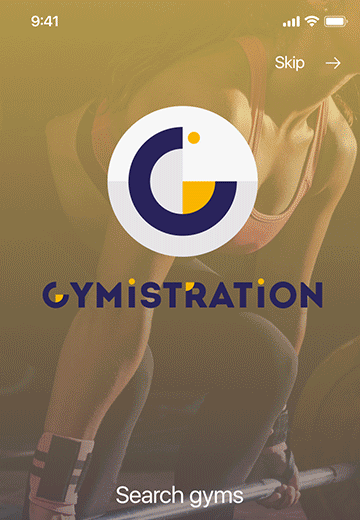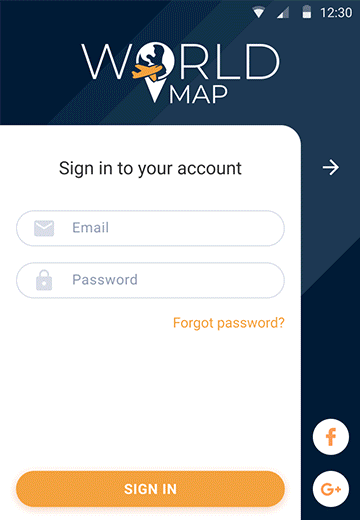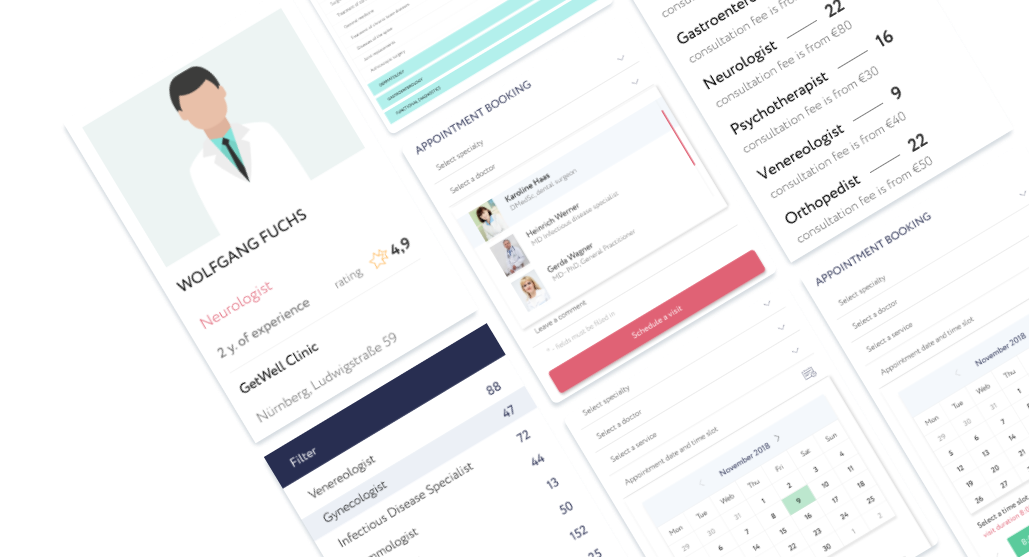Approach to Mobile Apps: Native vs. Web vs. Hybrid vs. Cross-platform
To launch an online business, the owner almost always follows a tried-and-true algorithm: the first to-do thing is create a website adapted for smartphones and tablets.
If mobile traffic is steadily growing, it makes sense to build an app for mobile devices: most users are likely to download it. It doesn't matter what your business is based on — sales, services or news production.
Potential customers spend a lot of time on their smartphones, and the share of mobile traffic is only increasing every year. According to Digital 2022: Global Overview Report prepared by DataReportal, more than two-thirds (67.1 %) of the world’s population now uses a mobile phone.
So if you do some preliminary research before creating a mobile app, it's definitely worth including your choice of mobile development approach. Why does it matter? It defines what the final product will be and how the functions of the application will be implemented. In this article, we will tell you about the pros and cons of different types of applications — native, cross-platform, web apps, hybrid, and what to choose.
Before exploring development approaches, study current trends to create the best app design.
Native development
A native approach is used to develop applications that we don't even seem to notice on our phones. Calendar, calculator, notes, default browser — all these programs are created in the native approach.
Why do apps belong to this category? The determining factor is the use of a platform-standard language when writing code (e.g. Objective-C or Swift for iOS, Java for Android).

A native app can synchronize with virtually all the services and services of a smartphone, be it camera, microphone, maps, etc., so there is no difficulty in gaining access to the programs.
Cross-platform development
A cross-platform application looks like a mobile website, with design features close to application development. For writing programs markup and style languages are most often used — HTML, CSS, JavaScript, which are used to create versions of websites for smartphones. It is due to the fact that much of the content on the Internet is contained on HTML pages.
Cross-platform applications are suitable for both Android and iOS, and adapt to different devices thanks to the browser engine but sometimes you have to create two versions for each platform to use it correctly. The main advantage of the cross-platform approach is cheaper mobile development.

Occasionally a cross-platform solution costs the customer twice as much as a native one. Although it is worth noting that they may not achieve the same level of functionality. One of the promising technologies for developing cross-platform applications is Flutter, which allows creation of applications for two platforms at once in a short time.
SDH's tech stack covers a range of robust tools for building both native and cross-platform mobile applications. We're programming in: Java, Kotlin, Swift, Objective-C, and Flutter.
Hybrid applications (hybrid development)
There are applications on the market where native and cross-platform approaches were used for development. Nevertheless, native programs were and still are relevant. On the other hand, the cross-platform approach is called a promising direction in product development because it is much faster and more cost-effective.
But when it is necessary to solve specific tasks, it is easier to mix both approaches. For example, you can design the content using HTML, which is indispensable for cross-platform applications, and implement menu options and controls with high responsiveness requirements using a native approach. Applications created with a combination of native and cross-platform capabilities are called hybrid applications. The share of native code indicates to which category of mobile apps the product is closer.

What are the prerequisites for creating a hybrid app? Let's say you need to create a news resource with textual and graphical content, and in this case, the specialist uses the cross-platform approach. After a couple of months, the customer turns to the programmer to implement the capabilities for processing audio and images, and storing an array of data. It will require native code for Android and iOS separately. The combination of tools for solving the problem gives the final product — a hybrid application.
Web applications
There is another category — web applications. The program opens in any browser, and its interfaces are written with HTML, CSS, JavaScript. The backend is created using program languages or frameworks (Python, PHP, Ruby, etc.).
How is a web application different from a website? Initially, the former has more possibilities for interaction with the user, although data transactions are still not limitless. Almost all apps require authentication as opposed to a website. The functionality of the web application is much higher compared to the static display of information on the website. At the same time, to change the functionality, you need to revise the entire code and change a few lines, whereas, on a website, only minor changes are made.

The web application works fine on any operating system and is supported by modern browsers.
You don't have to wait for platform approval to release your product, and the financial cost of using an audience is lower. The fact is that you do not need to buy a license or subscription, it is also possible to use it as a SaaS server.
Benefits of apps
Advantages of native apps:
- work fine on Android and iOS;
- ease of creating a friendly-user interface, compared to cross-platform applications, where it requires frameworks;
- high responsiveness.
- fast scrolling, smooth animation and effects, no sagging (and in this the native is an order of magnitude superior to the cross-platform);
- full access to all services and devices, unlike cross-platform applications;
- providing the highest level of encryption through deep utilization of hardware features.
Advantages of cross-platform applications:
- No restrictions to run on any platform, as long as there are adjustments in the code to do so;
- rapid maintenance of applications for both platforms;
- by comparison, in the case of native applications, it takes twice as long to do so;
- conventionally lower development costs.
Important: the price tag always depends on the level of complexity, quality of implementation, scope of work (and in the case of cross-platform applications, it is sometimes necessary to create essentially two versions of the application in one programming language — for Android and iOS).
It is difficult to assess the advantages of hybrid applications at a glance: usability and serviceability depend on the amount of native code and which tools were used to solve specific tasks.
What are the advantages of web apps?
- High loading speed;
- caching of data, which, again, positively affects the responsiveness index and query processing speed;
- compatibility with all operating systems;
- easy support, release without platform approval.
To summarize: native app development is suitable if you need a responsive product with maximum accessibility, offline operation and the potential to work in depth with smartphone hardware components. A cross-platform application is optimal if you don't need complex animations and blazing speed but need testing the MVP quickly and monetizing your existing project. A web app can be released without approval and is compatible with all types of platforms. Decide on your approach after consulting with subject matter experts, and preferably more than one.
Categories
Share
Need a project estimate?
Drop us a line, and we provide you with a qualified consultation.




